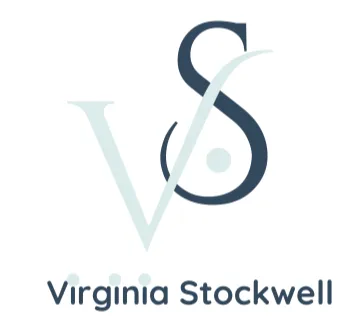Pros & Cons of borrowing competitive websites for inspiration

Pros:
Inspiration and Creativity: Visiting other websites can ignite your creativity by exposing you to a wide range of design styles, layouts, and color schemes. This approach offers a fresh perspective and new design trends that you might not have thought of on your own.
User Experience (UX) Insights: Studying successful websites helps you understand how to create effective navigation systems, making it easier for users to find what they're looking for. Additionally, by analyzing user feedback and engagement on popular websites, you can tailor your design to align with user preferences.
Efficiency: Referencing other websites can save time by providing templates, design patterns, and best practices to follow. It also allows you to learn from the mistakes of others, preventing common design pitfalls.
Benchmarking: Comparing your website to successful ones in your industry can help you set higher design and functionality standards. You can use other websites as benchmarks to evaluate the success of your own design.
Cons:
Plagiarism and Lack of Originality: Excessive reliance on other websites may result in a lack of originality, making your site blend in with the competition. Moreover, copying elements, such as images or text, without proper attribution can lead to legal issues.
Incompatibility: What works for one website may not align with the goals and objectives of your project. Implementing complex features from other websites can lead to compatibility issues with your platform.
Inconsistent User Experience: Borrowing design elements from various sources can create an inconsistent and confusing user experience. Users may expect certain functionalities based on their experience with other websites, which your site may not provide.
Limited Creativity: Relying too heavily on others' work can stifle your own creativity and prevent you from exploring innovative solutions. Your website may end up looking like a cookie-cutter version of others, lacking a unique identity.
Conclusion:
While referencing other websites during the design process can be a valuable resource for inspiration and guidance, it's crucial to strike a balance.
The key is to use these references as a source of inspiration rather than a blueprint to follow blindly.
By doing so, you can harness the creative potential while avoiding the pitfalls associated with a lack of originality and consistency.
Ultimately, the success of your website design lies in finding the right balance between external inspiration and your unique creative vision.

